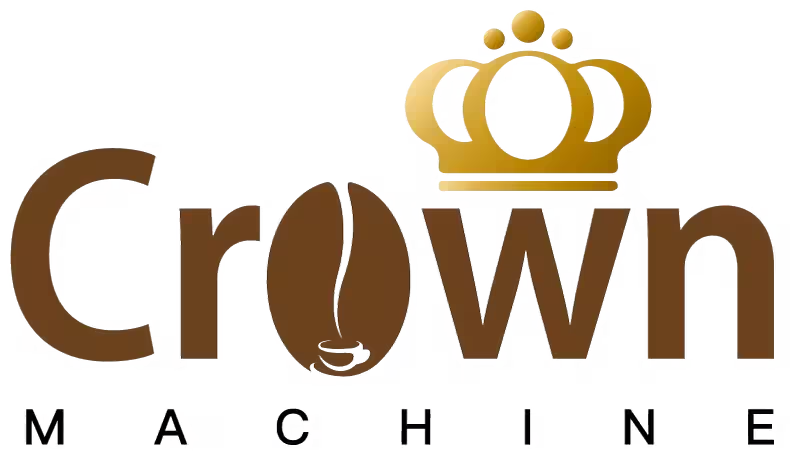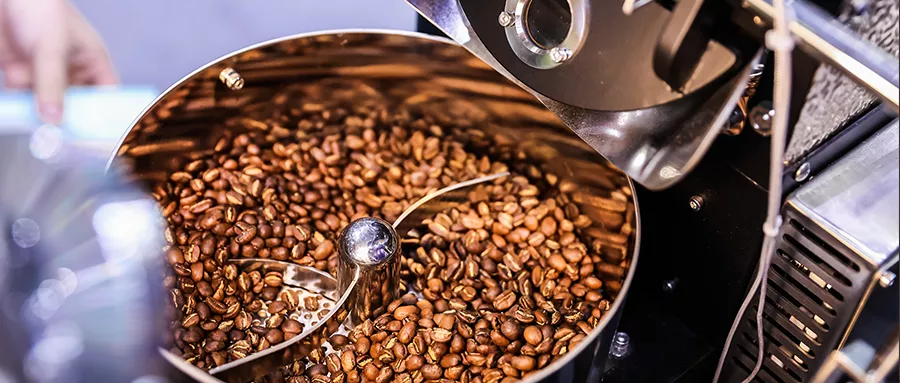The capacity choice of commercial coffee roasters needs to be combined with the daily roasting volume, roasting frequency, space constraints, cost budget and future development needs. The following is a specific analysis:
First, the core logic of capacity selection
The daily baking quantity determines the base capacity
Small cafe or baking studio: daily baking capacity ≤30 kg, it is recommended to choose 1-3 kg models.
Medium roaster: daily baking capacity 30-100 kg, need 5-10 kg models.
Large bakery: daily baking capacity >100 kg, need more than 10 kg models, even multiple parallel.
Case: A coffee shop sells 50 kg of coffee beans a day, chooses 5 kg models, and takes 20 minutes to roast each time to meet peak demand.
Baking frequency affects efficiency
High frequency baking (such as multiple batches per day) : Choose a model with short preheating time and high cooling efficiency.
Low-frequency baking (such as 1-2 times per week) : it can appropriately reduce the capacity and reduce the idle cost of equipment.
Second, key parameters and capacity matching
Heating method
Direct fire type: suitable for large-capacity models, high heat transfer efficiency, but pay attention to temperature uniformity.
Hot air type: Small capacity model is easier to achieve accurate temperature control, suitable for shallow drying needs.
Temperature control accuracy
The larger the capacity, the higher the requirements on the temperature control system. PID temperature control is recommended, and the error is within ±1°C.
Cooling system
Large capacity models need to be equipped with an independent cooling tray or water cooling system to avoid excessive development of beans.
Third, cost and space considerations
Equipment cost
For every 1kg increase in capacity, the price of the equipment increases by about 20%-30%. For example, the 3-kilogram model is about 50,000-80,000 yuan, and the 10-kilogram model is about 150,000-250,000 yuan.
Operating cost
High-capacity models consume more energy but have lower unit baking costs. Electricity consumption, gas costs and maintenance costs need to be calculated.
Space requirement
The 10kg model covers an area of about 3-5 square meters, and needs to reserve ventilation and operation space.
Fourth, advanced suggestions
Modular design
Choose models with scalable capacity, such as 1 kg +5 kg combination, to flexibly respond to different needs.
Degree of automation
Large-capacity models are recommended to be equipped with automatic bean inlet and outlet systems to reduce labor costs.
Environmental protection and compliance
Ensure equipment complies with local environmental emission standards to avoid smoke and noise pollution.
Fifth, the actual case reference
Case 1: A boutique cafe sells 30 kg of coffee beans per day, uses a 5 kg direct fire roaster, and takes 18 minutes to roast each time to meet peak demand.
Case 2: A chain coffee brand, daily sales of 150 kg coffee beans, using two 10 kg hot air roasters in parallel, with automation system, efficiency increased by 40%.
Sixth, summarize suggestions
Early entrepreneurs: It is recommended to start from 3-5 kg models to reduce trial and error costs.
Growth roasters: Plan more than 10 kg models in advance to reserve space for capacity expansion.
Technical players: Consider 1kg experimental models to explore unique baking curves.
By scientifically matching capacity and demand, the balance of efficiency, cost and quality can be achieved, laying the foundation for commercial success.


